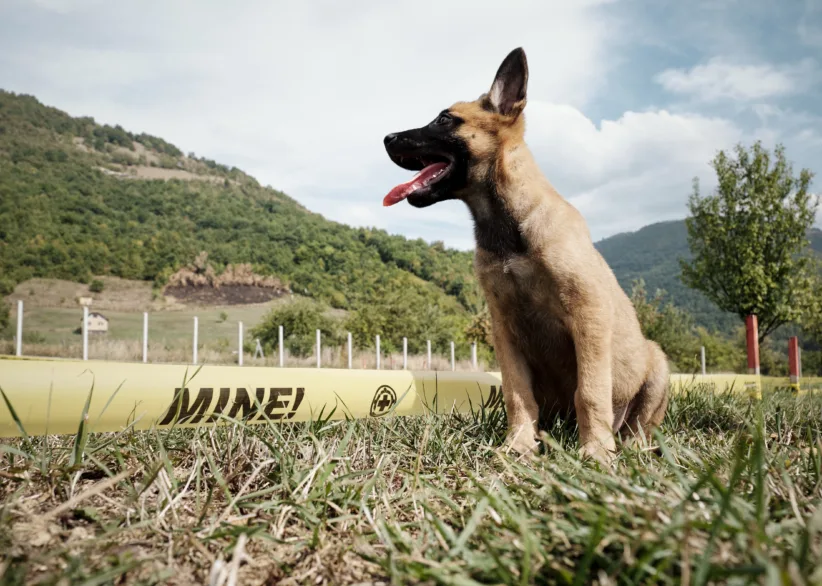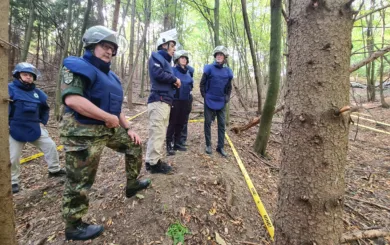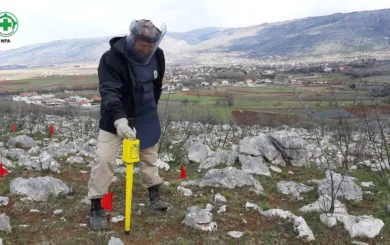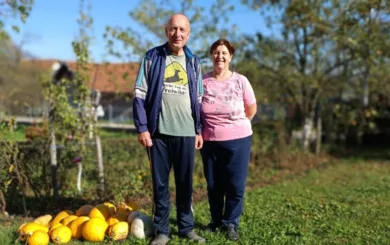From April 1992 to December 1995, following the breakup of Yugoslavia, Bosnia and Herzegovina, experienced a brutal war between elements of its diverse population of Bosniaks (Bosnian Muslims), Serbs, and Croats and the Yugoslav army. After years of intense fighting, a peace settlement known as the Dayton Accord was signed on December 14, 1995.
The consequences of the war were staggering: an estimated 100,000 casualties, 2.1 million people displaced, extensive destruction of homes and other infrastructure and over 1,700 km2 of suspected or confirmed contamination by landmines and other explosive remnants of war (ERWs).
Initial efforts to address this contamination focused on areas of high risk to local populations, enabling the safe repatriation of displaced individuals, reconstruction of the country's devastated infrastructure and the resumption of agriculture.
Between 1996 and 2023, 1,781 people in Bosnia and Herzegovina were injured or died due to encounters with landmines or other ERWs. The number of explosives-related accidents fell steadily from more than 500 per year immediately following the war to less than 25 per year from 2004 onwards. In recent years, there have been between 0-7 accidents per year.
Despite, concerted effort by the government of Bosnia and Herzegovina and significant support from the international community, three decades after the war, more than 800 km2 of confirmed or suspected landmine and ERW contamination remains.
Today, the remaining contamination is largely in forested areas where it continues to pose risks to human safety, hinder search and rescue and wildfire fighting efforts, and to obstruct development planning and economic growth particularly in tourism, forestry and other resource-based sectors.
Norwegian People's Aid in Bosnia and Herzegovina
NPA has been clearing landmines and other ERW in Bosnia and Herzegovina since 1996. Currently, NPA conducts non-technical and technical survey, manual and mine detection dog (MDD)-assisted clearance, and explosive ordnance risk education (EORE).
Since starting operations, NPA’s work has resulted in over 116 km2 of previously-contaminated land being released to communities for safe and productive use. More than 13,000 landmines, 3,100 cluster munition remnants and 54,000 unexploded ordnance have been found and destroyed. An estimated 600,000 Bosnia and Herzegovina residents (195,722 women, 212,830 men, 51,087 girls and 95,547 boys) have benefited from NPA’s efforts.
NPA also supports national capacity development by providing training, equipment and other resources to the Demining Battalion of the Armed Forces of Bosnia and Herzegovina (AFBiH). NPA also works with the Bosnia and Herzegovina Mine Action Centre (BHMAC) providing training in land release techniques, quality management systems and information management including the provision of related software and equipment.
A recent activity involves working with the EOD Unit of the AFBiH to jointly provide training in explosive ordnance disposal to both AFBiH personnel and to personnel from NPA programmes in Ukraine, Iraq and elsewhere.
To assist in stopping illegal movements of weapons internally and across the country’s borders, NPA is implementing a project in partnership with police departments in Bosnia and Herzegovina to mark, register and monitor movements of small arms and light weapons in line with international standards. The lessons learned from this project will inform similar efforts elsewhere in the region and, once the fighting stops, in Ukraine.
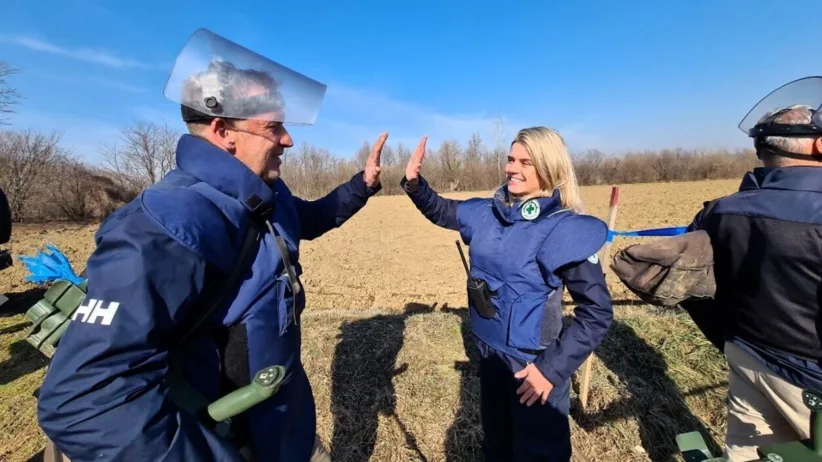
Fast Facts
- NPA has released more than 116 km2 of suspected and contaminated land in Bosnia and Herzegovina and destroyed more than 70,000 explosive items.
- Beginning in 2012, NPA assigned manual teams to clear cluster munition remnants which contributed substantially to the achievement of the country’s Article 5 obligations under the Convention on Cluster Munitions in September 2023.
- The NPA environmental assessment tool – Green Field Tool – was trialled in Bosnia and Herzegovina in early 2024 and has since been used to minimize the ecological footprint of NPA mine action operations in the country.
- In early 2025, NPA completed clearance of the last known minefield in Brčko District enabling the entire District to be declared “free of mines.”
- NPA land release underway in the Majevica region is helping to build peace by bringing together ethnically-diverse communities from either side of the entity lines that still reflect political divide in BiH.
- NPA land release in Majevica is also supporting tourism development led by the Organisation for Security and Cooperation in Europe (OSCE). The initiative is bringing new economic life to the region.
- NPA’s next project will be in Srebrenica where land release will enable the Missing Persons’ Institute of Bosnia and Herzegovina to excavate remaining areas of suspected mass graves dating back to a genocide that took place there in 1995.
Donors
NPA is currently funded to undertaken mine action in Bosnia and Herzegovina by Norway and Switzerland and has received funding at other times from Germany, Canada, Austria, Netherland, South Korea, Luxemburg and EU.

